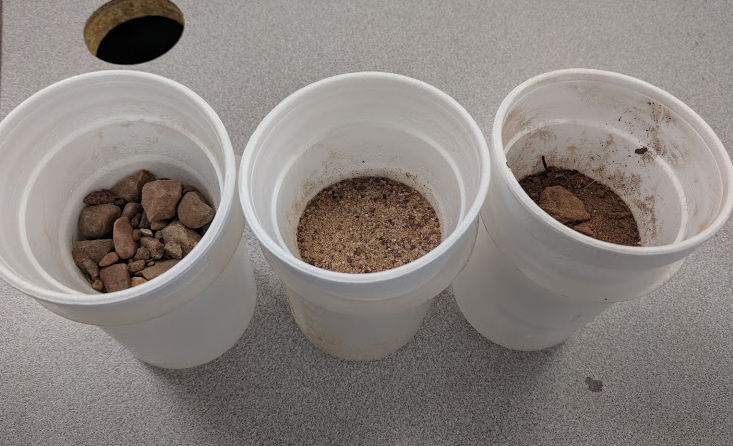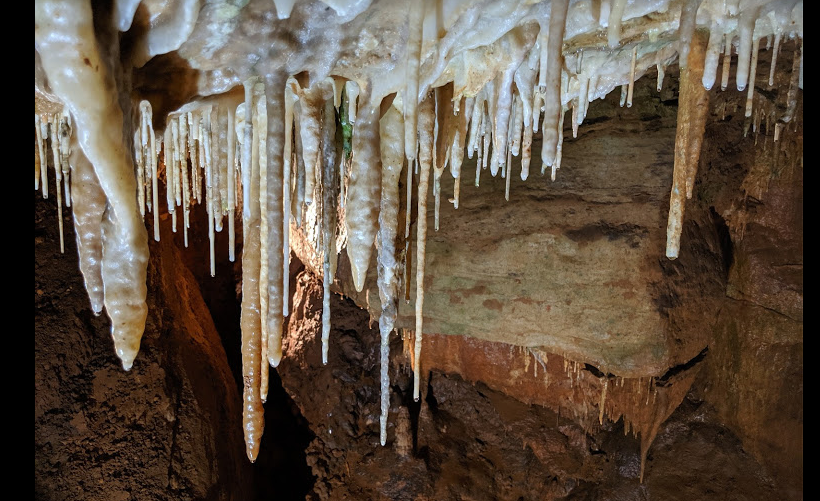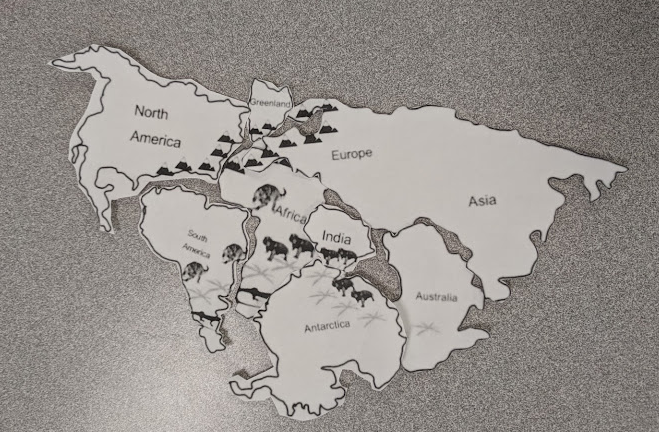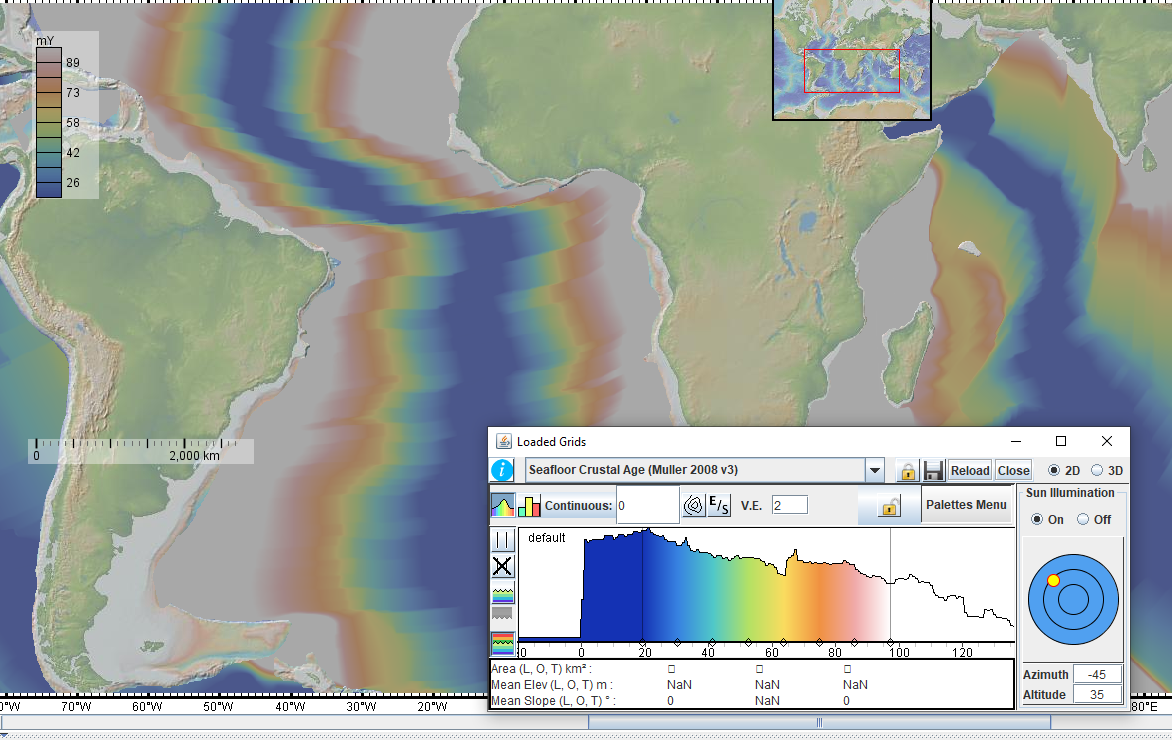Exploring River Formation Earth Science Lab
Image
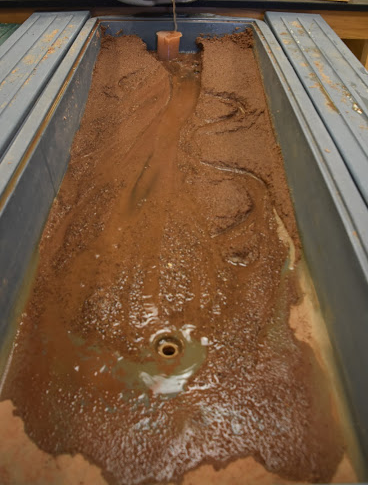
In this observation lab, students will use stream tables to observe how rivers form. When students are done they will understand how natural landslides can cause river course changes, how meanders are formed, how heavier sediment gets deposited quicker than lighter sediment like silt and clay, why rivers take the path they do, and how deltas are formed. Teacher notes, observations, suggestions, an answer key, and reflections are included.
For more Earth Science activities and resources visit, EarthScience.xyz

